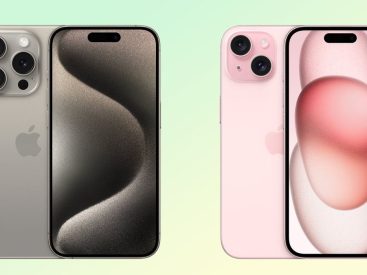—
When it comes to iPhones, one question I often see popping up is, “does FaceTime audio use data?” It’s totally valid, especially with how much we rely on our devices to connect with family and friends. You might be wondering about the data usage differences between video and audio calls on FaceTime, and trust me, there’s plenty to unpack here! So let’s dive into the nitty-gritty of FaceTime data usage and how it can affect your iPhone experience.
Contents
FaceTime Data Usage

Standard Video Calls
First off, let’s talk about standard video calls. When you connect with someone over FaceTime, you’ll typically use around 2 to 5 MB of data per minute. Yes, that can add up, especially if you have a long chat. Think about it: if you’re chatting for an hour, you could potentially be using about 120 MB just for one video call. That’s like a quarter of a gig depending on your connection. Plus, things like lighting and the quality of your Wi-Fi can impact how smooth your call is.
High-Definition Video Calls
Now, if you’re going all out with high-definition (HD) calls, you can expect to use a bit more—around 5 to 7 MB per minute. So, if you’re a fan of, say, showing off the latest features on your iPhone during a call, keep this in mind. HD quality is super smooth, but it also takes up more data. Sucks for your data plan if you’re not careful, right?
Audio Calls
But hey, what if you’re just doing an audio call? Well, you’ll be happy to know that FaceTime audio calls are a lot more forgiving. They tend to use just about 1 to 2 MB of data per minute. Imagine that: a whole hour of chatting would only ping you back around 60 MB. That’s significantly less compared to video calls! So, if you want to save some data but still connect with your pals, FaceTime audio is the way to go!
User Experiences and Observations

Data Usage Variability
Many users have shared how the data usage can vary so much based on connection quality. I’ve heard stories of people using FaceTime on shaky Wi-Fi, and it’s a mixed bag. Sometimes it’s crystal clear, while other times it feels like you’re trying to watch a YouTube video on dial-up. Length can also affect your data over time; the longer you chat, the more you potentially use.
Community Insights
If you look around on forums like Reddit or the Apple discussion boards, people are actively chatting about these concerns. One user mentioned that calling over Wi-Fi when possible significantly reduces data usage compared to cellular data. They also pointed out that if you’re inside a building with poor signals, you might notice an uptick in data consumption. Some users even dropped gems like using Wi-Fi to exchange pictures rather than saving them for a data-heavy video call.
Best Practices for Using FaceTime

Utilizing Wi-Fi for Calls
Okay, so here’s the real kicker: using Wi-Fi is a game-changer. If your internet’s good, FaceTime generally operates smoother, not to mention less strain on your data plan. I personally love hopping onto Wi-Fi when I connect with friends; who doesn’t love free data? Plus, it keeps those interrupting moments from happening when you’re mid-sentence.
Tips for Reducing Data Usage
If I had a dollar for every time someone asked how to minimize FaceTime data consumption, I’d be rich. Some users recommend switching to audio calls when you’re on the go or when you know data is tight. It’s also smart to check how much data your plan allows if you use FaceTime frequently. The combination of knowing your allowances and how FaceTime operates can save you a headache down the line.
Conclusion
So, there you have it! Understanding how FaceTime audio uses data is essential for making the most out of your iPhone experience. If you found this content helpful, I’d love to hear your thoughts! Share your questions or comments below, and if you want more information about Apple products, don’t forget to check out Iphone7price.org.


